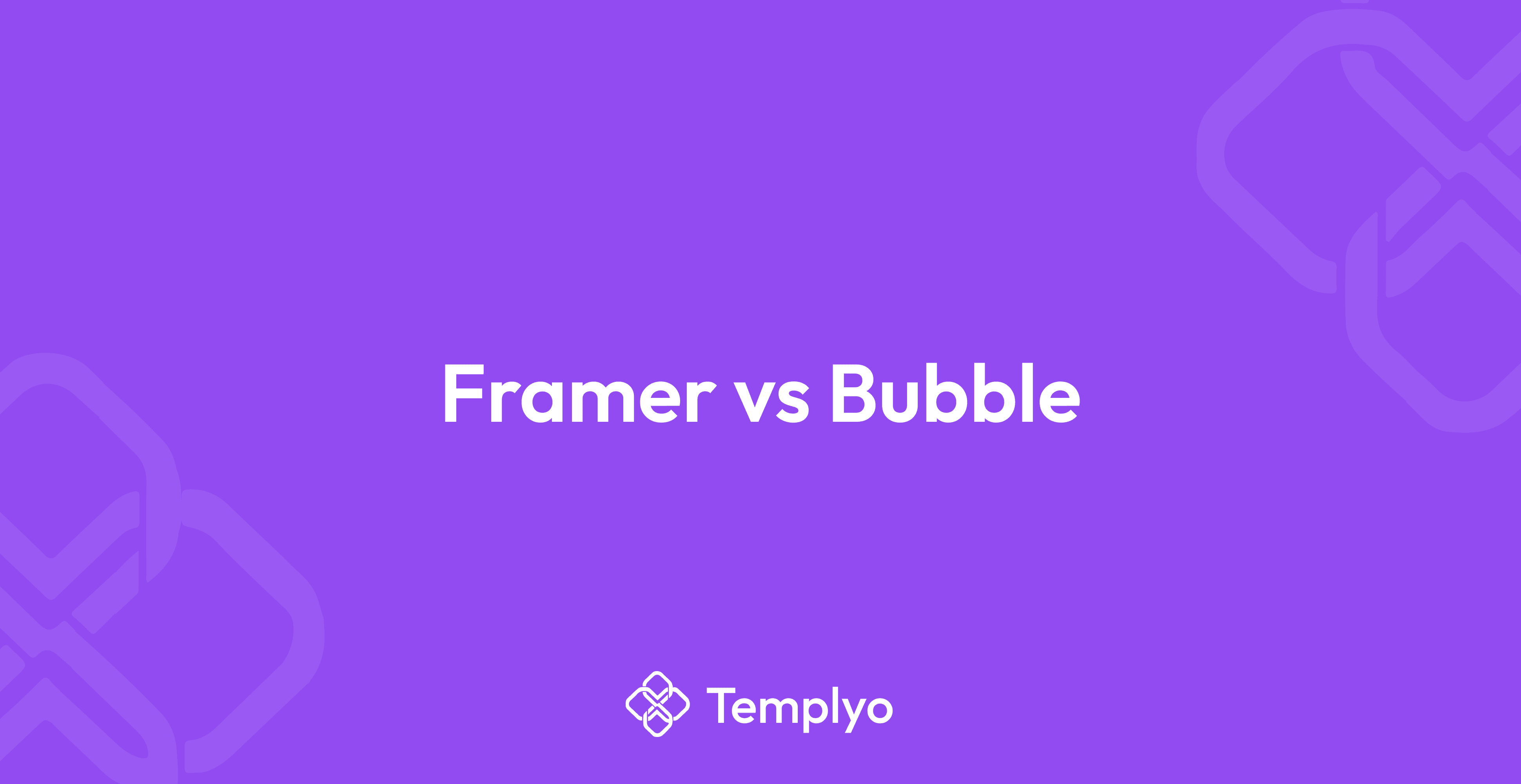Oct 18, 2024
How Do SaaS Companies Make Money? Revenue Strategies Explained
In the digital age, Software as a Service (SaaS) companies have emerged as some of the most profitable and fastest-growing businesses. But how exactly do these cloud-based enterprises turn their virtual products into real-world profits? Let's dive into the fascinating world of SaaS monetization strategies.
The Subscription Model: The Heart of SaaS Revenue
At the core of most SaaS business models is the subscription-based revenue stream. Unlike traditional software that requires a one-time purchase, SaaS companies offer their products on a recurring payment basis. This model provides several advantages:
Predictable Revenue: Companies can forecast their income more accurately, aiding in financial planning and growth strategies.
Customer Retention Focus: The emphasis shifts from one-time sales to long-term customer relationships, driving continuous improvement and customer satisfaction.
Scalability: As the customer base grows, revenue increases without a proportional rise in costs, leading to improved profitability over time.
Tiered Pricing: Catering to Different User Needs
Many SaaS companies implement a tiered pricing structure, offering various levels of service at different price points. This strategy allows them to cater to a wide range of customers, from small businesses to large enterprises.
For example, a project management SaaS might offer:
Basic Plan: Essential features for small teams or individual users. Professional Plan: More advanced features for growing businesses. Enterprise Plan: Comprehensive solutions with dedicated support for large organizations.
This approach not only captures a broader market but also provides a clear upgrade path for users as their needs evolve.
The Freemium Strategy: Casting a Wide Net
Freemium models have become increasingly popular among SaaS companies. This approach offers a basic version of the software for free, with the option to upgrade to a paid plan for additional features or increased usage.
The freemium model serves several purposes:
User Acquisition: It lowers the barrier to entry, allowing users to try the product without financial commitment.
Viral Marketing: Free users often become advocates, spreading the word and bringing in more potential customers.
Upselling Opportunities: As users become reliant on the free version, they're more likely to upgrade for advanced features.
Add-ons and Integrations: Expanding Revenue Streams
Many SaaS companies augment their core offering with additional features or integrations available at extra cost. This could include:
Premium Features: Advanced functionalities that cater to power users or specific industry needs.
Third-party Integrations: Partnerships with other software providers to offer enhanced capabilities.
API Access: Allowing developers to build on top of the platform, often at a premium.
These add-ons not only increase revenue but also enhance the overall value proposition of the software.
Professional Services and Support
While the software itself is the primary product, many SaaS companies generate additional revenue through professional services:
Implementation Services: Helping large clients set up and customize the software for their specific needs.
Training Programs: Offering courses or certification programs to help users maximize the software's potential.
Premium Support: Providing dedicated support channels or faster response times for paying customers.
Usage-Based Pricing: Pay for What You Use
Some SaaS companies, particularly those in industries like cloud computing or data processing, adopt a usage-based pricing model. Customers pay based on the resources they consume, such as data storage, processing power, or number of transactions.
This model aligns closely with the value delivered, making it attractive for businesses with fluctuating needs.
The Power of Recurring Revenue
The beauty of the SaaS business model lies in its ability to generate recurring revenue. Once a customer subscribes, they continue to pay as long as they find value in the service. This creates a compound effect:
As the customer base grows, so does the recurring revenue. Improved retention rates lead to higher customer lifetime value. Predictable cash flow allows for reinvestment in product development and marketing.
Conclusion: A Model Built for Growth
SaaS companies have revolutionized not just how software is delivered, but also how it's monetized. By focusing on long-term customer relationships, offering flexible pricing options, and continuously adding value, these businesses have created a model that's both profitable and scalable.
For entrepreneurs looking to enter the SaaS market, understanding these revenue strategies is crucial. Remember, the key to success lies in creating a product that delivers ongoing value to customers, encouraging them to not just subscribe, but to stay and grow with your service.
Are you inspired to start your own SaaS venture? Begin by clearly defining your value proposition and identifying the right monetization strategy for your product. And when you're ready to showcase your SaaS solution to the world, don't forget that a professional website is essential. Check out our free SaaS website templates at Templyo to give your product the polished online presence it deserves.
The world of SaaS is dynamic and full of opportunity. By understanding how these companies make money, you're one step closer to building your own successful SaaS business.



